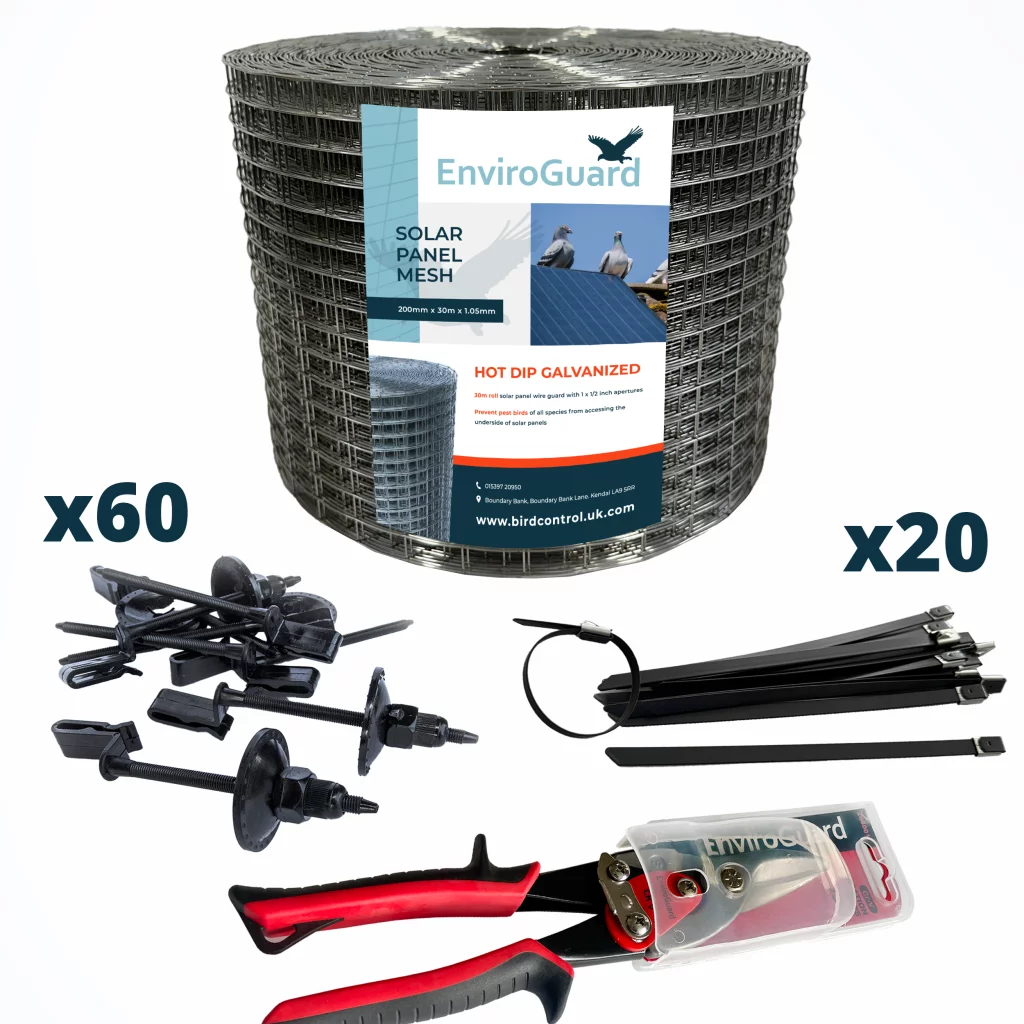Soldato
- Joined
- 4 Aug 2007
- Posts
- 21,994
- Location
- Wilds of suffolk
Hi looking for a small solar and a set of battery storage to take advantage of night rate.
What’s the general supply and install cost per kw generation and kWh battery storage?
You cant really look at it like that, there is a lot of fixed cost with PV, scaffolding, an inverter, cabling to consumer unit etc that is practically the same if you go for 1 panel or 20 (its not quite but close enough to make no real diff)
Batteries similar but not so marked. The larger ones tending to drop the cost per kwh stored a little as there is some one off cost, BMS etc
The general approach seems to be, within reason, as many panels as you can fit.
With battery I think aiming for 50-60% of your daily consumption seems to give a good balance. Thats assuming you move to an offpeak tariff so you can charge them through winter. (Roughly Oct-Feb)







